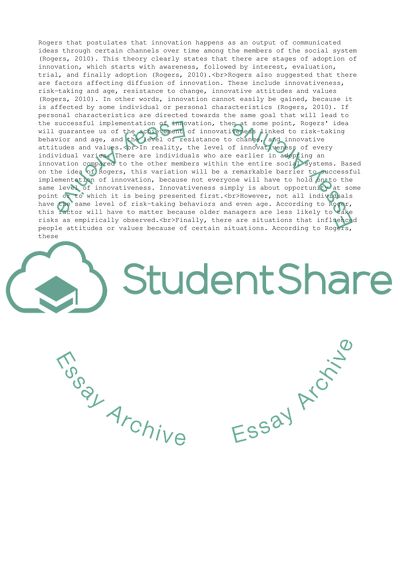Cite this document
(Building an Innovation Strategy Assignment Example | Topics and Well Written Essays - 2000 words - 1, n.d.)
Building an Innovation Strategy Assignment Example | Topics and Well Written Essays - 2000 words - 1. https://studentshare.org/management/1805451-building-an-innovation-strategy
Building an Innovation Strategy Assignment Example | Topics and Well Written Essays - 2000 words - 1. https://studentshare.org/management/1805451-building-an-innovation-strategy
(Building an Innovation Strategy Assignment Example | Topics and Well Written Essays - 2000 Words - 1)
Building an Innovation Strategy Assignment Example | Topics and Well Written Essays - 2000 Words - 1. https://studentshare.org/management/1805451-building-an-innovation-strategy.
Building an Innovation Strategy Assignment Example | Topics and Well Written Essays - 2000 Words - 1. https://studentshare.org/management/1805451-building-an-innovation-strategy.
“Building an Innovation Strategy Assignment Example | Topics and Well Written Essays - 2000 Words - 1”. https://studentshare.org/management/1805451-building-an-innovation-strategy.


